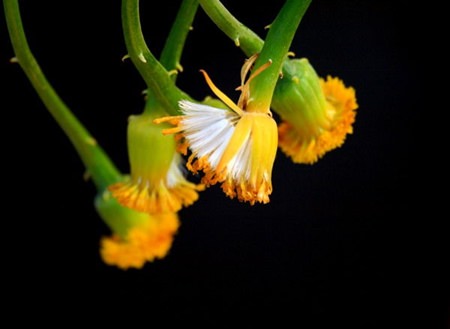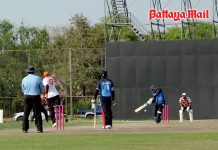
The son of an old friend of mine is showing a remarkable talent for photography. However, like all young photographers he is experimenting in just how he gets his images, and trying at the same time to come up with something completely original.
To assist all budding photographers, would you believe me when I say that you can get a very valuable piece of photographic equipment at the local Indian tailors? Probably not, but you really can buy something there which is of inestimable value for special effects in photography.
Indian tailors fit into low budget special effects photography, and when I say “low budget”, that is exactly what I mean. In my personal library I have books that claim to do just that and then go on about the “low budget” equipment required – an enlarger, registration table with registration pins, copy stand and photo floods and studio strobes. Hardly what I would call low budget! However, it is possible to produce many special effects photos without having to purchase expensive equipment. The first item you need is a roll of black velvet.
Black velvet is one of the easiest ways to introduce some very different effects into your photographs. The secrets behind the use of this material include the facts that it is non-reflective, it does not affect exposure values when taking the shot and shadows do not register on it.
Because it does not affect the final image, this makes black velvet the ideal material to use as a background when you wish to combine images, or do other special effects using Photoshop or whatever is your favorite graphics package.
Here are just a few ideas you can do with black velvet. Simple double exposure in the camera becomes very easy with this material in the background. Set your camera in the double exposure mode (or if you have not got one, select “B” for time exposure). Position the subject to one side of the picture and pop the flash to take the shot. Now reposition the subject on the other side of the picture and shoot again. You will have two perfect shots on a perfectly black background. (For those using the “B” setting you have to have the room dark and the camera on a tripod. Cover the lens between taking the shots to stop extraneous light coming into the camera too, but it is possible to get excellent double exposures in this way.)
Another use for black velvet is in making pictures of light trails. These can be very spectacular special effects pictures and are very easy to make. Stick the black velvet on the ceiling and suspend a torch from the center. With the camera facing upwards, twirl the torch and record its movement for ten seconds or so. You have just made a totally original image!
Photo montage is another simple effect you can produce, using the black velvet as the background. Here you let your creative self run riot. You can produce any picture you want, whether it be yourself standing on top of the Statue of Liberty or three elephants standing on a beach ball – you are in total control!
With this type of special effect you have to cut out the elements you want from other pictures, be they prints or magazine photos or whatever. Cut carefully and then run a black felt-tip pen around the edges (See why? It will sit on black velvet!) and you are ready to combine all your subjects.
Put your composition (photo montage) together and positioning your camera above the montage, look carefully through the viewfinder. This is how the shot will look, remember (WYSIWYG). Reposition any items at this stage. Next important item is to keep the camera back parallel with your background as this will keep all the elements in focus. Now shoot! Three exposures half a stop apart.
If you find the direct flash gives you a reflection problem, you can use household “floodlights”, one each side at 45 degrees to the surface. You will get a “warm” color cast, but since you are producing “surreal” photographs, it does not really matter. Have fun this weekend, after you’ve been to the tailors!
 |
 |
 |





